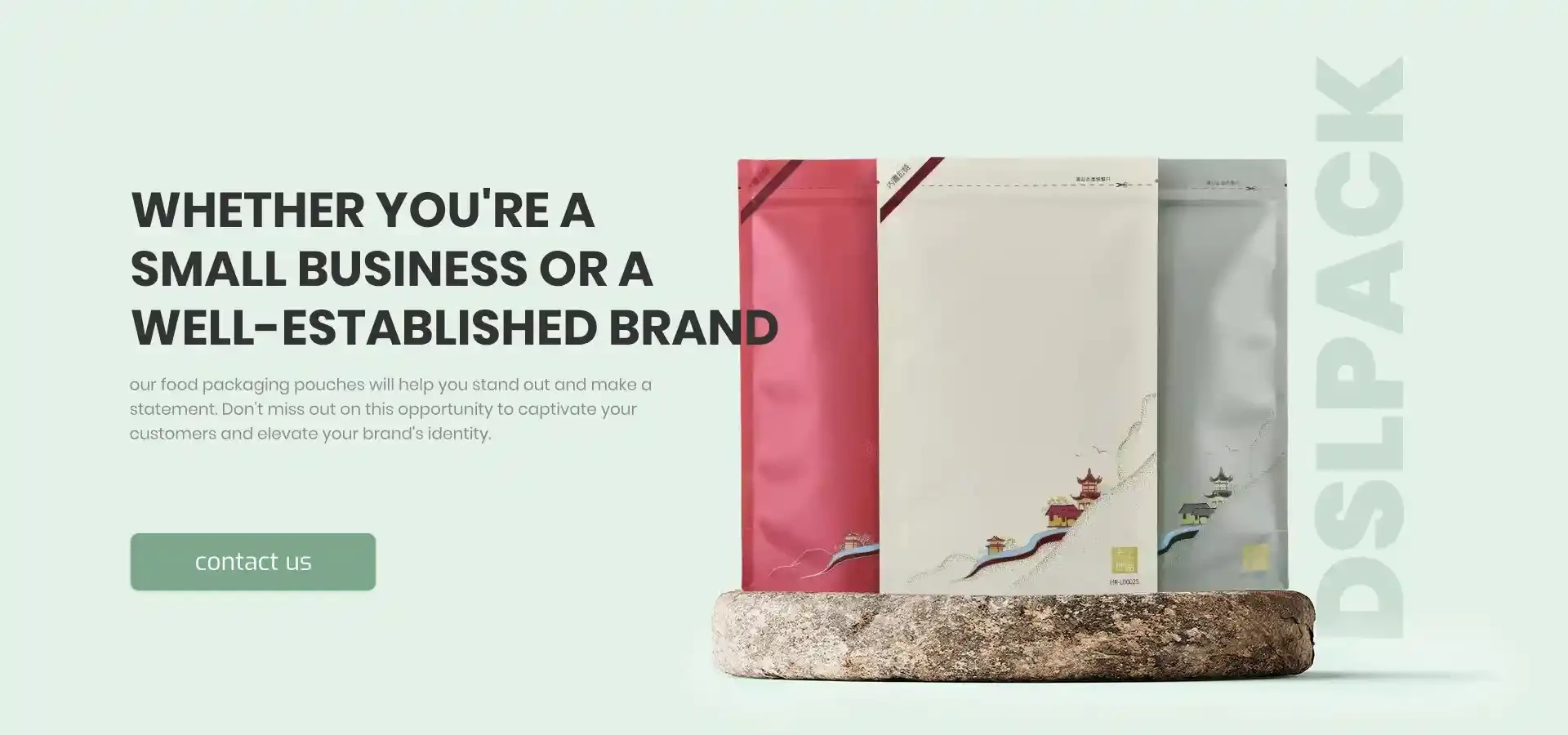- Afrikaans
- Albanian
- Amharic
- Arabic
- Armenian
- Azerbaijani
- Basque
- Belarusian
- Bengali
- Bosnian
- Bulgarian
- Catalan
- Cebuano
- chinese_simplified
- chinese_traditional
- Corsican
- Croatian
- Czech
- Danish
- Dutch
- English
- Esperanto
- Estonian
- Finnish
- French
- Frisian
- Galician
- Georgian
- German
- Greek
- Gujarati
- haitian_creole
- hausa
- hawaiian
- Hebrew
- Hindi
- Miao
- Hungarian
- Icelandic
- igbo
- Indonesian
- irish
- Italian
- Japanese
- Javanese
- Kannada
- kazakh
- Khmer
- Rwandese
- Korean
- Kurdish
- Kyrgyz
- Lao
- Latin
- Latvian
- Lithuanian
- Luxembourgish
- Macedonian
- Malgashi
- Malay
- Malayalam
- Maltese
- Maori
- Marathi
- Mongolian
- Myanmar
- Nepali
- Norwegian
- Norwegian
- Occitan
- Pashto
- Persian
- Polish
- Portuguese
- Punjabi
- Romanian
- Russian
- Samoan
- scottish-gaelic
- Serbian
- Sesotho
- Shona
- Sindhi
- Sinhala
- Slovak
- Slovenian
- Somali
- Spanish
- Sundanese
- Swahili
- Swedish
- Tagalog
- Tajik
- Tamil
- Tatar
- Telugu
- Thai
- Turkish
- Turkmen
- Ukrainian
- Urdu
- Uighur
- Uzbek
- Vietnamese
- Welsh
- Bantu
- Yiddish
- Yoruba
- Zulu
Innovative Design Approaches for Sustainable Food Tray Solutions
Sustainable Innovations in Food Tray Design
In recent years, as environmental concerns have become increasingly urgent, many industries have begun to reconsider packaging materials and designs. The food service industry, which heavily relies on disposable items, is at the forefront of this movement. One area ripe for improvement is the design and material of food trays, which are commonly used in restaurants, cafeterias, and catering services. This article explores the innovative developments in food tray design that promote sustainability while enhancing practicality.
Traditionally, food trays have been manufactured from polystyrene or other plastic materials that contribute significantly to environmental pollution. These materials not only take hundreds of years to decompose but also pose threats to wildlife when discarded improperly. An increasing number of companies, however, are now turning to biodegradable and compostable materials, such as sugarcane pulp, bamboo, and recycled paper. These materials not only reduce the environmental footprint but also offer functionality comparable to their plastic counterparts.
Sustainable Innovations in Food Tray Design
Another significant advancement is the integration of modular designs in food trays. Modular trays can be assembled in different configurations, allowing for customizable serving sizes and arrangements. This design not only reduces waste—by using only what is necessary—but also enhances the dining experience by allowing for creative presentations. Moreover, these trays can often be made from recycled content, reinforcing the circular economy model that seeks to minimize waste through recycling and reuse.
paper for food trays

In addition to material and design innovations, the implementation of smart technology in food trays is also emerging. For instance, some companies are exploring the use of QR codes on food trays to provide information about the sustainability of the materials used, as well as details about the food itself—such as its origin, nutritional content, and preparation methods. This transparency can encourage consumers to make more informed choices and support businesses committed to eco-friendly practices.
Furthermore, educational initiatives are crucial in promoting sustainable food trays. Institutions and businesses can collaborate to raise awareness among consumers about the benefits of using sustainable materials. By promoting a culture of sustainability, businesses can build loyalty among environmentally conscious consumers and encourage others to adopt green practices.
Ultimately, the future of food trays lies in a combination of innovative materials, functional designs, and educational efforts. As industries move towards sustainability, food trays serve as a vital touchpoint where consumer behavior, environmental responsibility, and culinary creativity intersect.
In conclusion, the evolution of food tray design represents a significant step towards a more sustainable food service industry. By embracing biodegradable materials, modular designs, smart technologies, and consumer education, we can create efficient, practical, and environmentally friendly food trays that reflect a growing commitment to sustainability. As we continue to innovate in this space, the humble food tray can play a pivotal role in addressing broader environmental challenges and improving the overall dining experience.













